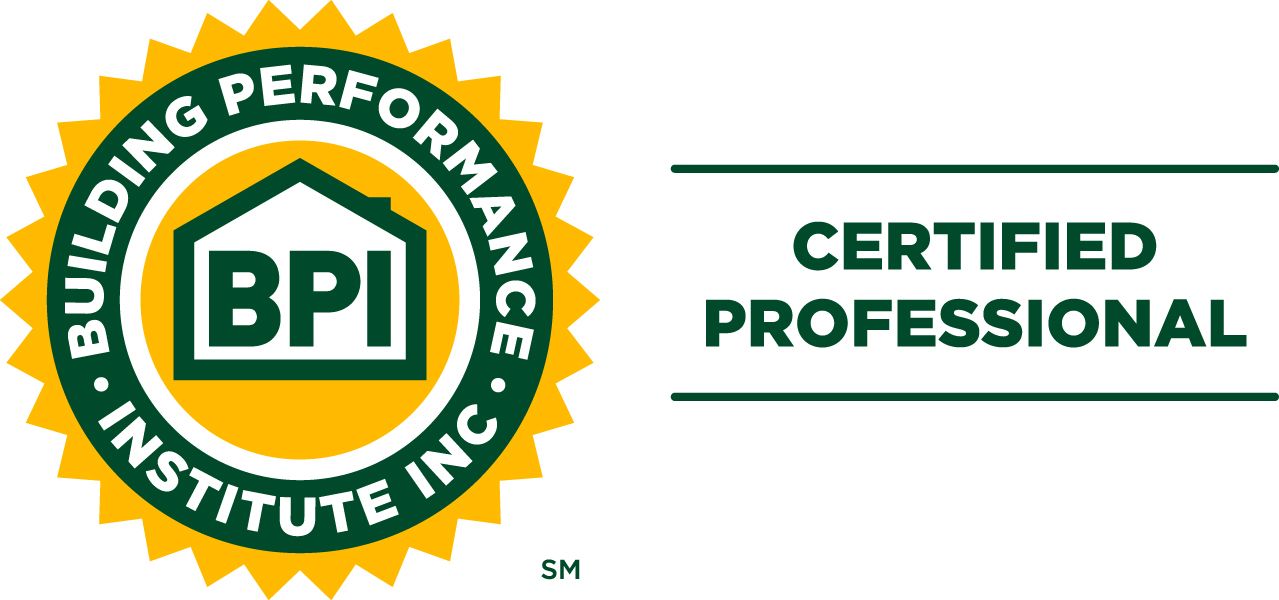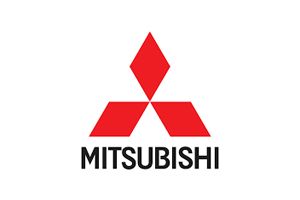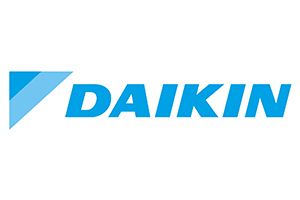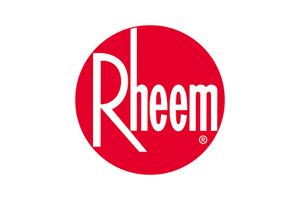Troubleshooting guide
Tyndall HVAC, Inc
HVAC Troubleshooting Guide
Welcome to our guide from Tyndall HVAC Inc, designed to deepen your understanding of your home's HVAC system. This guide will assist you in identifying common issues and undertaking maintenance tasks to enhance system efficiency and longevity.
Understanding Your HVAC System
Every component of your HVAC system plays a crucial role in maintaining your home's climate control. Here's a breakdown of key components and how to troubleshoot them:
- Evaporator coils: Absorb heat from your home's air during cooling and act as a heat source in heat pump systems. Maintenance Tip: Keep them clean to maintain efficiency by replacing your air filters often. [Button link labeled “Learn More” link to Indoor Air Quality (IAQ) Essentials]
- Condenser coils: Release heat outside in AC mode and absorb heat from the outside air in heating mode for heat pumps. Maintenance Tip: Ensure they're free from debris to optimize performance.
- Compressor: Circulates refrigerant, essential for both cooling and heating cycles. Troubleshooting Tip: Any unusual sounds or issues should be inspected by a professional to avoid major failures.
- Blower motor: Circulates air through the ductwork to distribute conditioned air throughout your home. Troubleshooting Tip: Listen for unusual noises and check for obstructions to ensure proper airflow.
Homeowner Troubleshooting Tips
Use these tips to identify and resolve common HVAC problems:
- Airflow issues: Clean air filters regularly and adjust vents for balanced airflow.
- Uneven heating or cooling: Adjust vents and remove obstructions to achieve consistent temperatures.
- Strange odors: Inspect and clean accessible areas of the HVAC system to eliminate unusual smells.
- Insufficient heating or cooling:
- Cooling: Check for frost or ice buildup on the evaporator coil, which may indicate low refrigerant levels or airflow problems. Ensure that the blower motor and air filter have sufficient airflow.
- Heating: Verify that the gas shutoff valve is open, and clean or replace the furnace air filter if dirty.
- No cooling or heating operation: Inspect for tripped circuit breakers or blown fuses. If the problem persists, reset the furnace switch and ensure the power switch is on.
Thermostat Troubleshooting Tips
These thermostat tips can help resolve unresponsive or inaccurate temperature readings:
- Incorrect temperature readings:
- Sensor cleaning: Dust and debris can affect the temperature sensor, leading to incorrect readings. Wipe the sensor gently with a soft cloth.
- Recalibration: Some thermostats allow recalibration. Follow the user manual to reset.
- Thermostat not responding:
- Battery check: Replace the batteries if necessary.
- Power connections: Make sure the thermostat is properly connected to the power source.
- System reset: Reset to default settings following the manufacturer's procedure.
- HVAC system not turning on or off:
- Settings configuration: Verify that thermostat settings align with your desired operation (heating/cooling mode).
- Wiring issues: Inspect for loose connections or wear.
Important Note
Before attempting any thermostat repairs, always turn off the power to the indoor unit or furnace to avoid damaging circuits or blowing a fuse. Consult a qualified HVAC technician if unsure.
Energy Efficiency Tips
Follow these steps to maximize your system's efficiency:
- Set programmable thermostats to recommended temperatures.
- Use ceiling fans to enhance air circulation.
- Seal gaps around windows and doors to minimize heat loss.
Unusual System Noises
Banging, whistling, or humming sounds could be a sign of loose screws or obstructions. Electrical clicking noises may indicate relay issues, which require a professional inspection.
Enhanced Maintenance Strategies
- Schedule seasonal system checkups before peak seasons.
- Evaluate ductwork for leaks and insulation.
- Keep the area around the outdoor unit clear of foliage and debris.
- Improve attic insulation to reduce HVAC workload.
Conclusion
This guide can help you stay ahead of common HVAC issues and keep your system running smoothly. A little maintenance goes a long way in avoiding costly repairs and keeping your home comfortable. And if something does come up, the team at Tyndall HVAC, Inc is here to help with honest, practical solutions. Give us a call to set up a visit.







